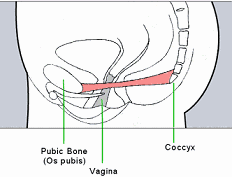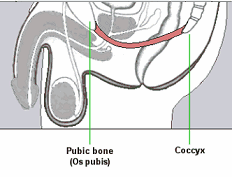|
As repeatedly pointed out, the human sexual response becomes weaker with advancing age. This is especially true for most males, whose sexual capacity, motivation, and performance noticeably diminish after the age of fifty. The decline is less obvious in females, whose performance levels, as a rule, never reach those of the males to begin with. Nevertheless, both sexes can continue to have satisfying sexual intercourse if they abandon unrealistic expectations and obsolete scripts about its “proper” beginning, middle, and end.
For a woman, the menopause does not have to mean the end of her sexual actvity. On the contrary, many women become more active, because they no longer need to be concerned about pregnacies and the means to prevent them. Physiologically, older women experience a thinning of the vaginal walls and a corresponding reduction of vaginal fluid. These conditions can be treated by locally applied hormonal medications. (A more general hormone replacement in otherwise healthy females and males is not always advisable. It may be useful in some cases, but contraindicated in others.) In some women, there may also be a weakening of the muscles surrounding the vagina, making it less tight. Such a “loose” vagina can be tightened by excercising the PC muscle. Indeed, men can also use these exercises to improve their own sexual response. Nevertheless, older men may take longer to achieve an erection of the penis, and it may not be as firm as before. On the other hand, the need to reach orgasm and ejaculate usually becomes less pressing, and thus, the man may be able to continue coitus for a longer time than in his younger years. In any case, as long as a couple remains truly intimate and continues its full communication, a weaker sexual response need not impair their erotic relationship in any way, On the contrary.
|

|

|
|
The Pubococcygeus Muscle (PC muscle)
The muscle, a hammock-like structure, stretches from the pubic bone in front to the coccyx in the back.
(left) In females it surrounds the vagina, (right) the muscle in males
|
|
|